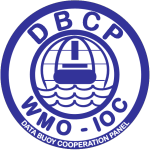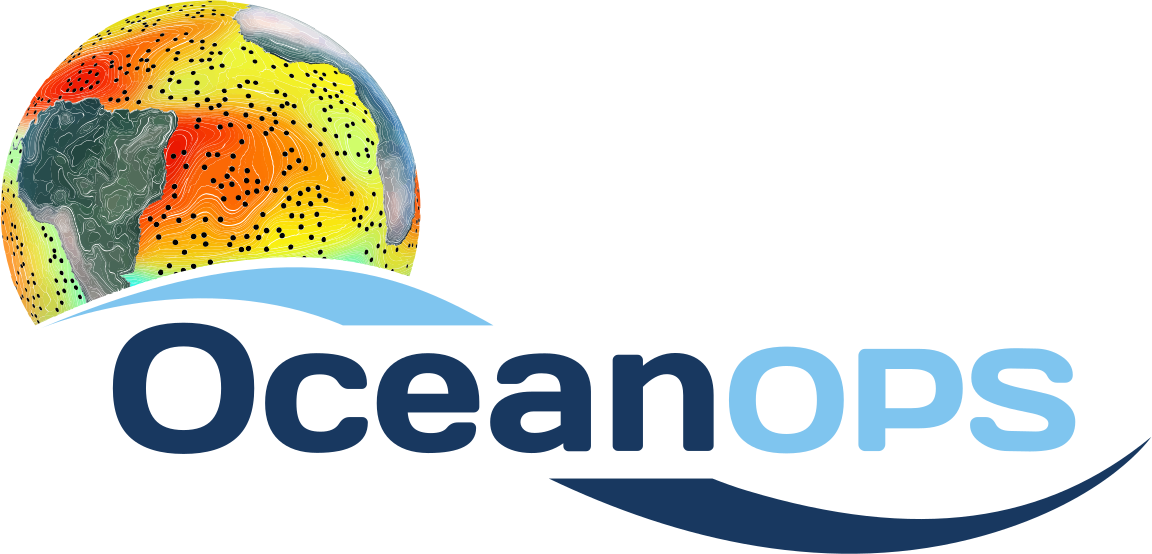History

The first DBCP session took place in 1974. At that time it was known as the Drifting Buoy Cooperation Panel.
The DBCP was the first Global Ocean Observing System (GOOS) component to achieve its initial goal, when in 2005, it deployed its 1250th drifter near Halifax Harbor, Nova Scotia. A ceremony was held aboard the Tall Ship Silva in association with the JCOMM-II meeting to put the buoy in the water and to commemorate this historic event.
 The DBCP worked over many years to design a drifting buoy to suit the needs of Oceanographers and Meteorologists. It has also provided support for the development of moored buoy arrays and ensuring that the data from those buoys was made available in real time. As such, they form an essential component of marine observing systems established as part of the World Weather Watch, the World Climate Research Programme, the Global Ocean Observing System, the Global Climate Observing System and other meteorological and oceanographic operational and research programmes (see related web sites).
The DBCP worked over many years to design a drifting buoy to suit the needs of Oceanographers and Meteorologists. It has also provided support for the development of moored buoy arrays and ensuring that the data from those buoys was made available in real time. As such, they form an essential component of marine observing systems established as part of the World Weather Watch, the World Climate Research Programme, the Global Ocean Observing System, the Global Climate Observing System and other meteorological and oceanographic operational and research programmes (see related web sites).
Achievements
Some principal achievements of the DBCP have been:
- Implementation in of the DBCP Quality Control Guidelines for GTS buoy data. Meteorological Centers can propose buoy status changes automatically to change or remove bad data.
- Cooperation in the WOCE-TOGA Surface Velocity Program in the evaluation phase of a new low cost barometer drifter, to meet both meteorological and oceanographic requirements.
- Assistance in the establishment of various International buoy programs such as the International Arctic Buoy Program (IABP), the International South Atlantic Buoy Program (ISABP), the International Buoy Programme for the Indian Ocean (IBPIO), and the DBCP-PICES North Pacific Data Buoy Advisory Panel (NPDBAP).
- Deployment of Global Drifter 1250 on 18th of September 2005, in Halifax Bay, Canada, which represented a completion of the optimal network.
- Continual improvement in the quality of buoy measurements and responsiveness to poor quality data.
- Successful trials of Iridium Telecommunications on SVPBs and implementation of Iridium data processing centers to share data with minimal delays on the GTS.
- Successful implementation in 2007 of a new dedicated GTS data processing system at the Argos Global Processing Centers in the USA and France.
- Increased numbers of buoys transmitting to the GTS of WMO
- Early adoption of the new GTS data format, BUFR which helps to ensure reliable data flow
- Continual increases in the number of drifters measuring Air Pressure.
- Ongoing research and development into new applications of drifter platforms and new data requirements, owing to science and technology workshops.



